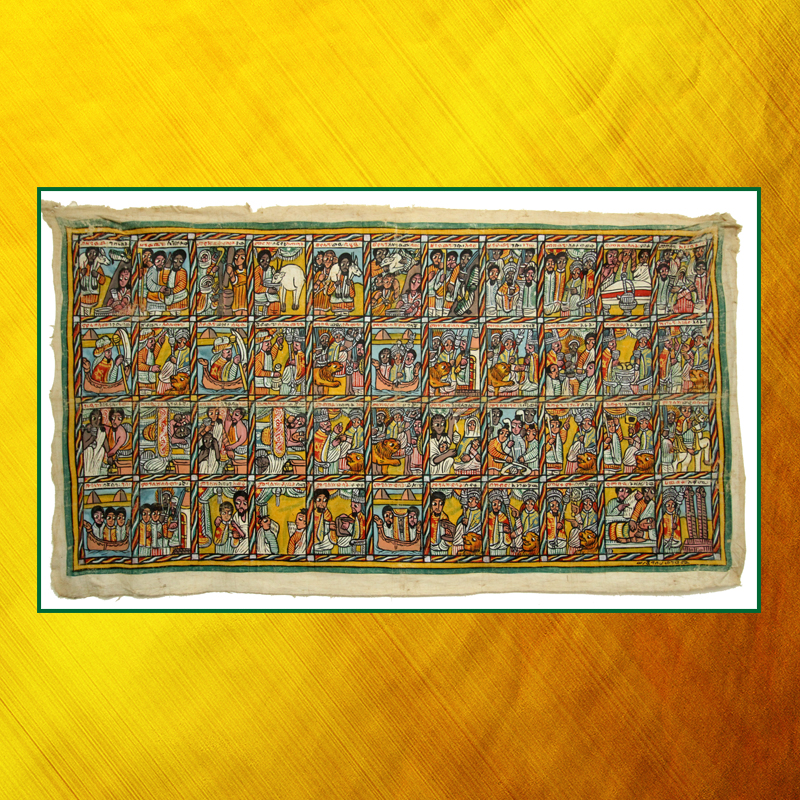 A Sacred Way of Life includes narratives inherited from this exhibition’s precursor, ‘Discovering Rastafari’ (Smithsonian 2007). These establish Ethiopia as the origin and foundation of biblical Christian revelation, claimed through the Solomonic Line, His Imperial Majesty’s birth right. This are today universally proclaimed through the ‘harps (drums) and chants of Jamaica’s griots, in Nyahbingi and Reggae music.
A Sacred Way of Life includes narratives inherited from this exhibition’s precursor, ‘Discovering Rastafari’ (Smithsonian 2007). These establish Ethiopia as the origin and foundation of biblical Christian revelation, claimed through the Solomonic Line, His Imperial Majesty’s birth right. This are today universally proclaimed through the ‘harps (drums) and chants of Jamaica’s griots, in Nyahbingi and Reggae music.
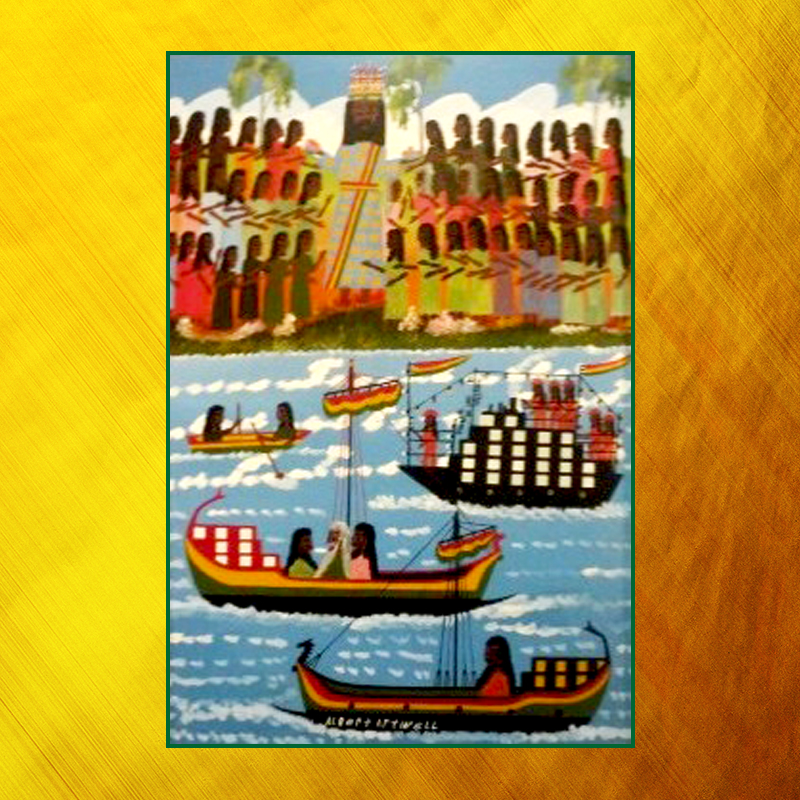 Black Liberation and Marcus Garvey provide the context of the faith’s antecedents in Jamaica. Arising out of the brutal experiences of the Trans-Atlantic Slave Trade and European colonialism, Jamaica’s Black population stridently asserted their heritage. The exhibit shows how Black religious movements and their leaders, culminating with Marcus Garvey, succeeded in re-connecting the diaspora to Africa and African consciousness.
Black Liberation and Marcus Garvey provide the context of the faith’s antecedents in Jamaica. Arising out of the brutal experiences of the Trans-Atlantic Slave Trade and European colonialism, Jamaica’s Black population stridently asserted their heritage. The exhibit shows how Black religious movements and their leaders, culminating with Marcus Garvey, succeeded in re-connecting the diaspora to Africa and African consciousness.
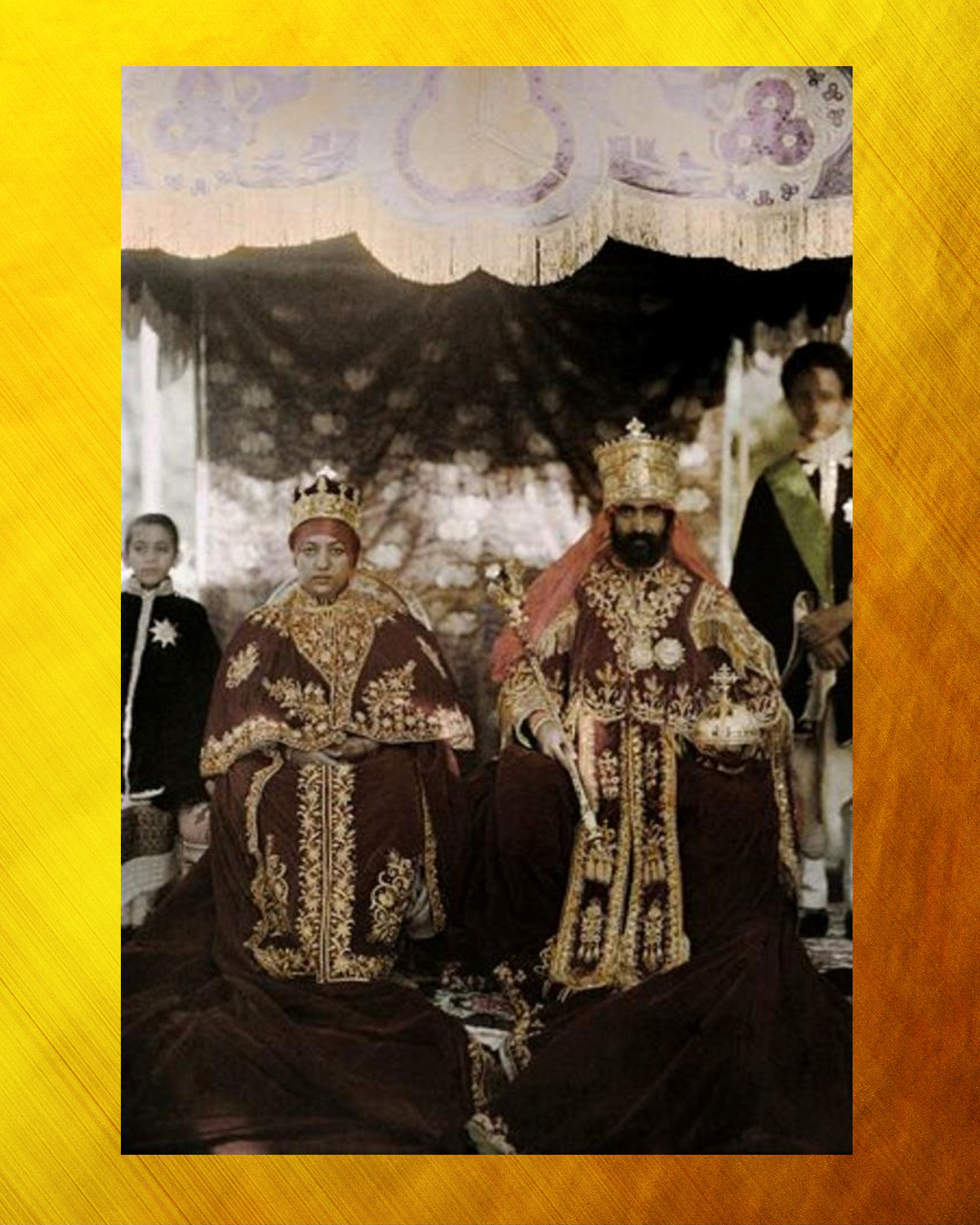 In The Revelation of Ras Tafari we see HIM proclaimed ‘King of Kings’. In Jamaica, it comes at a time of social uncertainty, of religious fervour and scriptural expectation. The 1930 Coronation is viewed as Revelation, and with the world-wide coverage of the event, unheard for Africa, Blacks make the claim of the messianic return among their own. The rise of Africa is proclaimed and repatriation advocated for.
In The Revelation of Ras Tafari we see HIM proclaimed ‘King of Kings’. In Jamaica, it comes at a time of social uncertainty, of religious fervour and scriptural expectation. The 1930 Coronation is viewed as Revelation, and with the world-wide coverage of the event, unheard for Africa, Blacks make the claim of the messianic return among their own. The rise of Africa is proclaimed and repatriation advocated for.
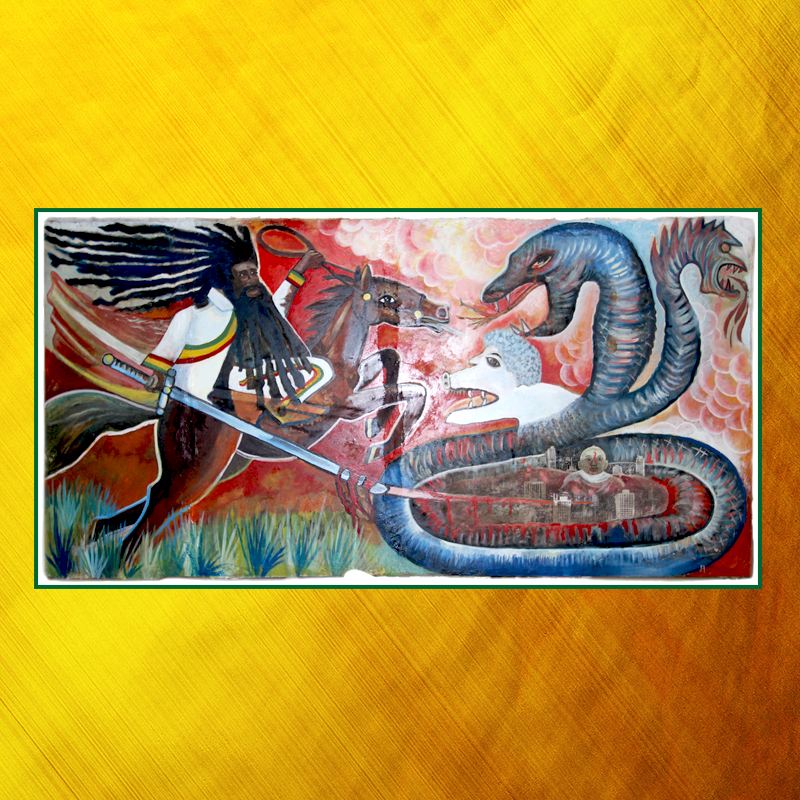 Tribulations and Atrocities traces the emergence of a Rastafari movement pitted against the long-held prejudices of British colonialism, which was against everything that Rastafari stood for. While their use of ganja was the regular context for their oppression, Rastafari worship of a Black God, their dress and grooming among other traits, have continued to be regarded as threats to the island’s leadership. As a result they are targeted, ostracized, villainised.
Tribulations and Atrocities traces the emergence of a Rastafari movement pitted against the long-held prejudices of British colonialism, which was against everything that Rastafari stood for. While their use of ganja was the regular context for their oppression, Rastafari worship of a Black God, their dress and grooming among other traits, have continued to be regarded as threats to the island’s leadership. As a result they are targeted, ostracized, villainised.
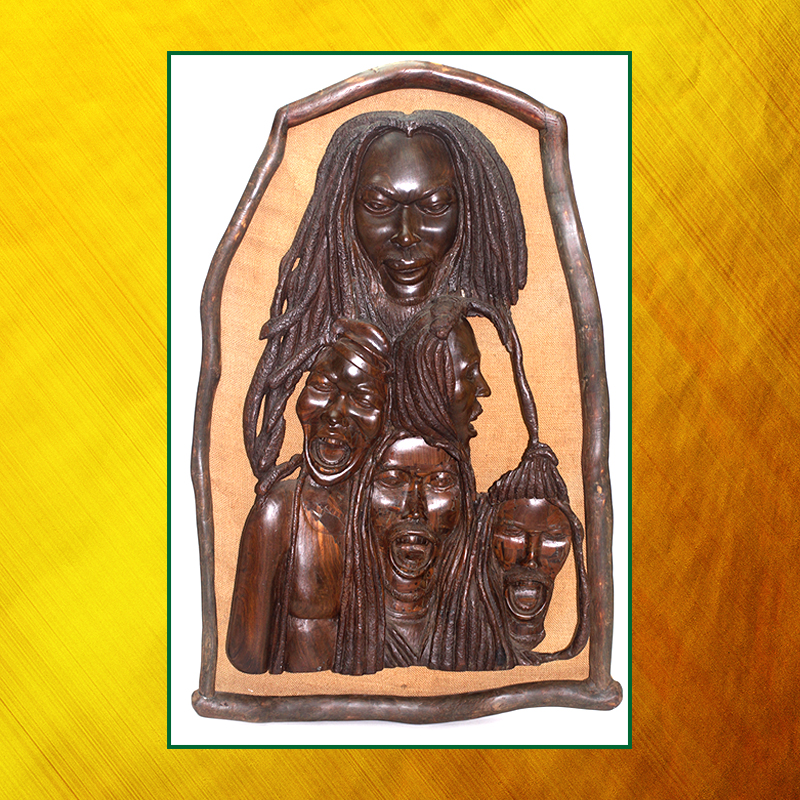 In The Visionaries after the Coronation in 1930, there was a coincidence of visions among several Jamaicans; Leonard Howell in 1933 preached and sold pictures of Ras Tafari, and is today referred to as the First Rasta. Joseph Hibbert began preaching of Emperor Haile Sellassie I as the King of Kings; Archibald Dunkley preached the message of Ras Tafari as the Son of God; the Messiah whom Garvey had prophesied. The Nyahbinghi Order emerged in the 1950’s from the new Dreadlock movement, and by the early 1960’s several new leaders brought it new light and direction.
In The Visionaries after the Coronation in 1930, there was a coincidence of visions among several Jamaicans; Leonard Howell in 1933 preached and sold pictures of Ras Tafari, and is today referred to as the First Rasta. Joseph Hibbert began preaching of Emperor Haile Sellassie I as the King of Kings; Archibald Dunkley preached the message of Ras Tafari as the Son of God; the Messiah whom Garvey had prophesied. The Nyahbinghi Order emerged in the 1950’s from the new Dreadlock movement, and by the early 1960’s several new leaders brought it new light and direction.
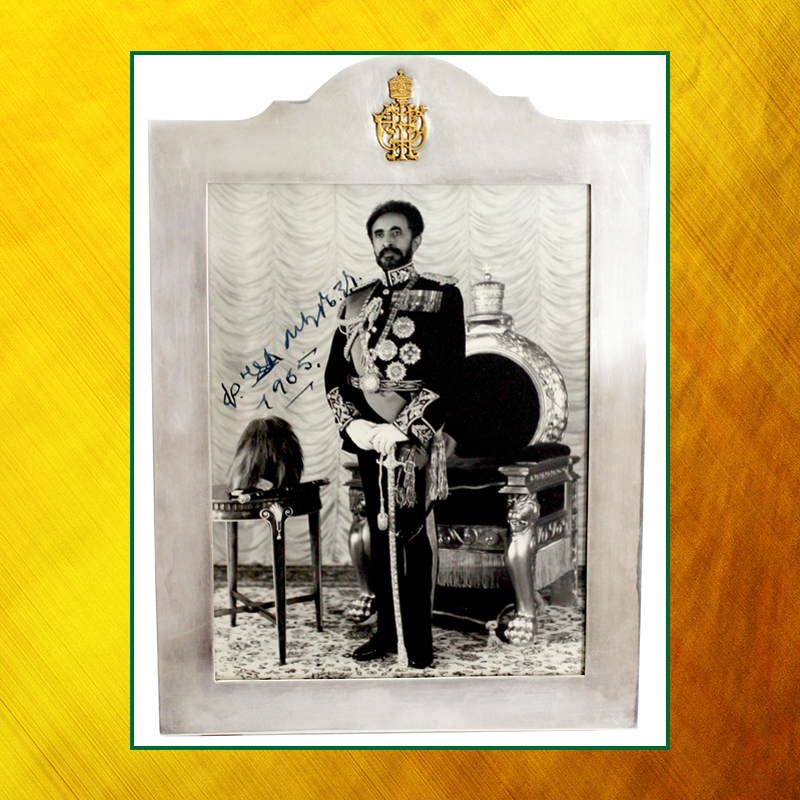 In the Embrace of His Majesty we describe how the Rastafari ideology of repatriation led to several missions to Ethiopia, culminating in the 1966 Royal Visit of HIM to Jamaica. We describe a Palisadoes airport overwhelmed with believers; of throngs lining the roads everywhere he went. The great hope that was inspired by the visit led to the visibility and gradual acceptance of Rastafari culture. The exhibition illustrates how after the royal visit, the lifestyle and values of Rastafari have become synonymous with Jamaica.
In the Embrace of His Majesty we describe how the Rastafari ideology of repatriation led to several missions to Ethiopia, culminating in the 1966 Royal Visit of HIM to Jamaica. We describe a Palisadoes airport overwhelmed with believers; of throngs lining the roads everywhere he went. The great hope that was inspired by the visit led to the visibility and gradual acceptance of Rastafari culture. The exhibition illustrates how after the royal visit, the lifestyle and values of Rastafari have become synonymous with Jamaica.
 Rastafari Livity inspired in their proclamation of ‘Jah Rastafari!’ the movement has demonstrated resourcefulness in how they define their African identity: in their word-sound, in their ital cuisine and natural medicine. By their dress and in the creation of nature-conscious craft items, Rastafari evoke African values and a livity that 50 years ago were considered peculiar. Ahead of their time, much of the movement’s idealism is embraced in today’s international Green movements and in claims for human right and justice.
Rastafari Livity inspired in their proclamation of ‘Jah Rastafari!’ the movement has demonstrated resourcefulness in how they define their African identity: in their word-sound, in their ital cuisine and natural medicine. By their dress and in the creation of nature-conscious craft items, Rastafari evoke African values and a livity that 50 years ago were considered peculiar. Ahead of their time, much of the movement’s idealism is embraced in today’s international Green movements and in claims for human right and justice.
Our Sponsors:
